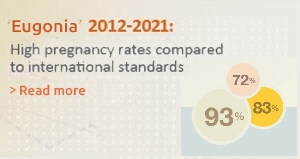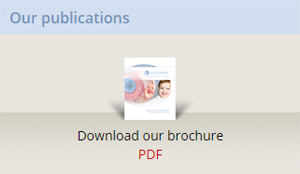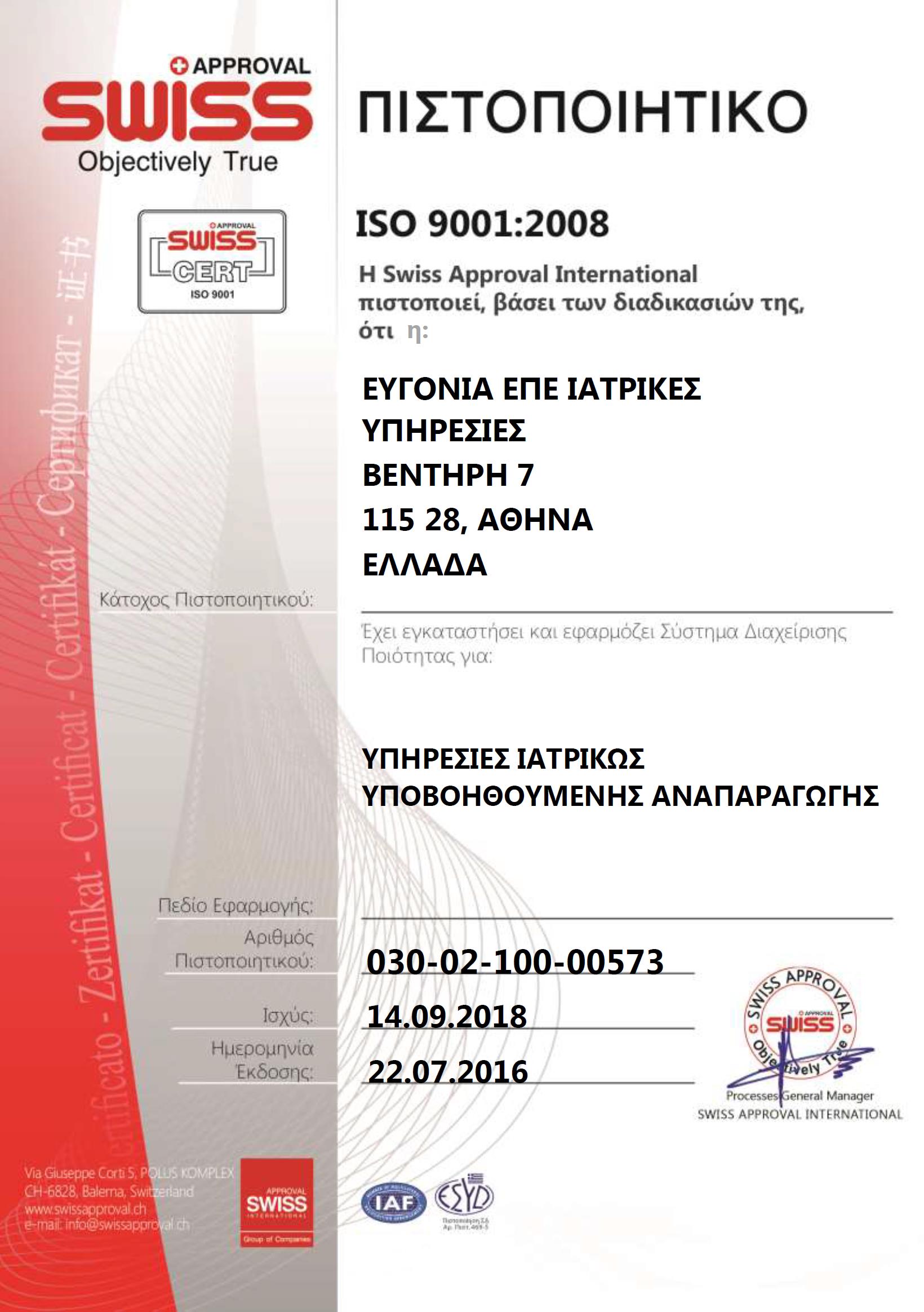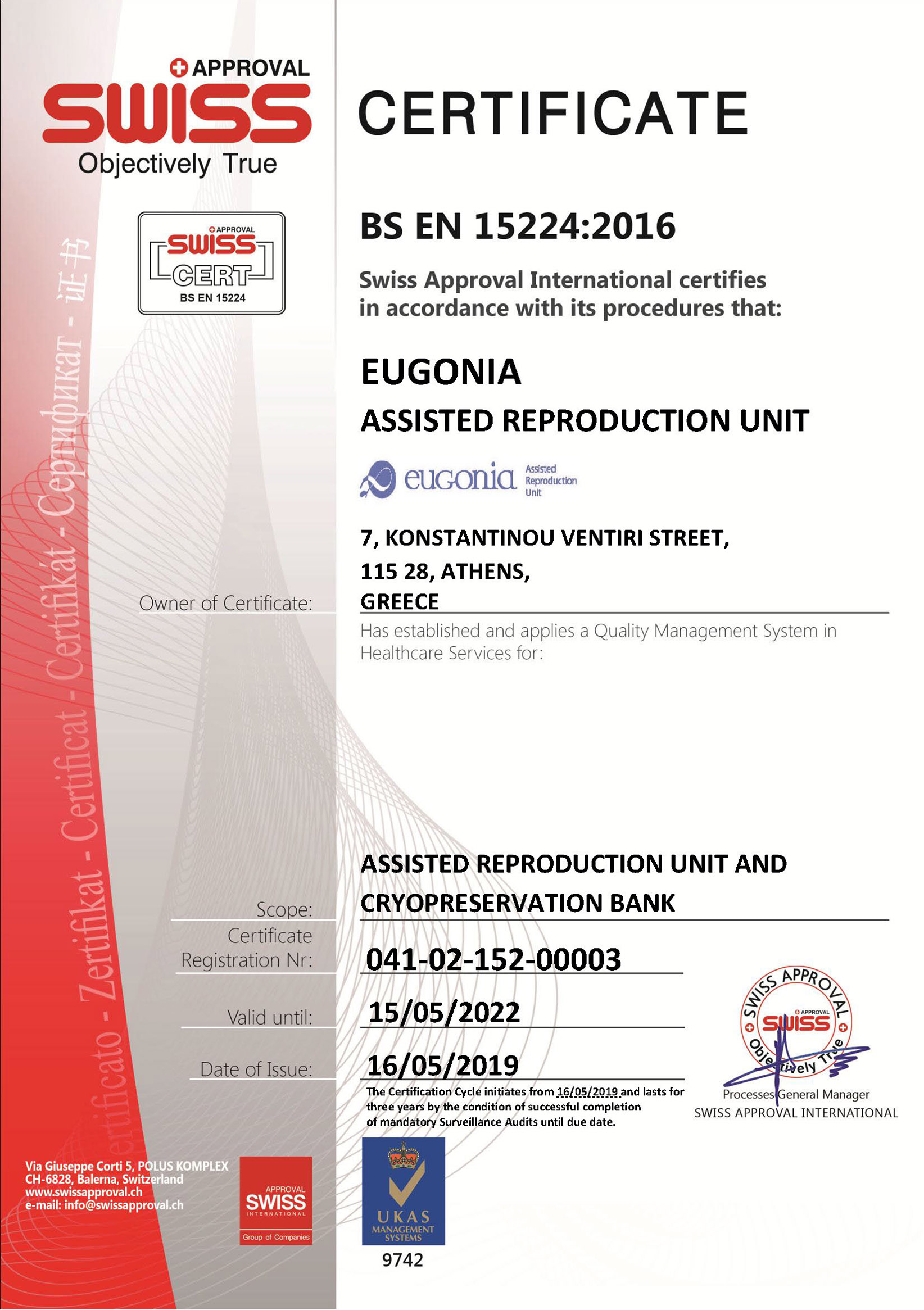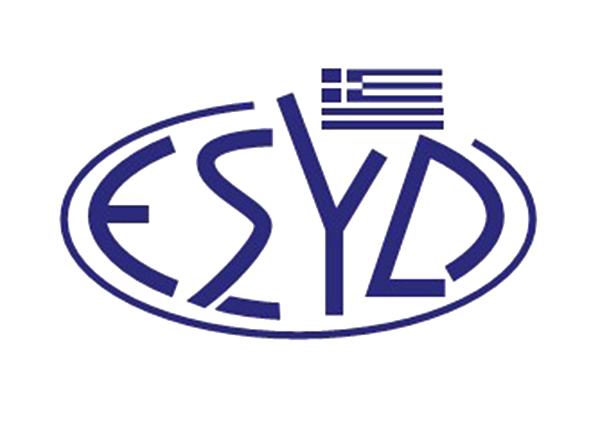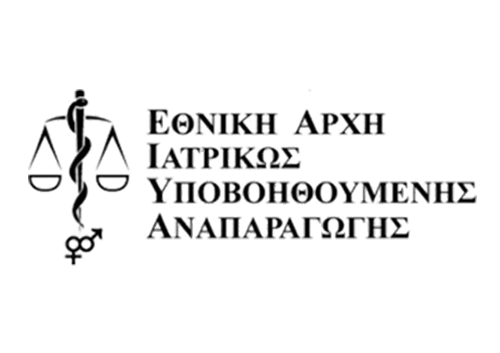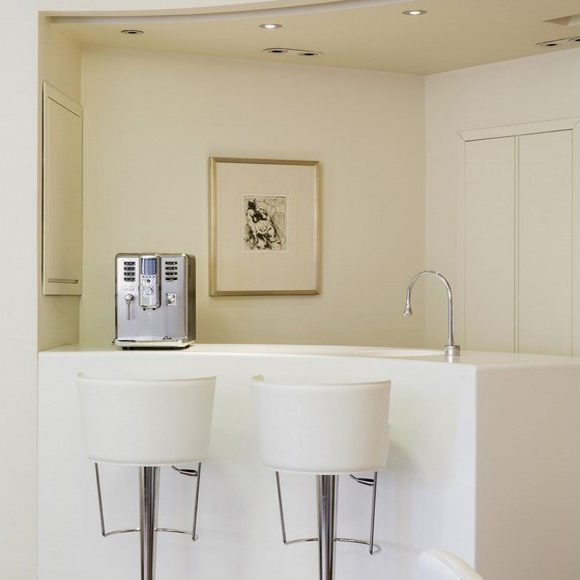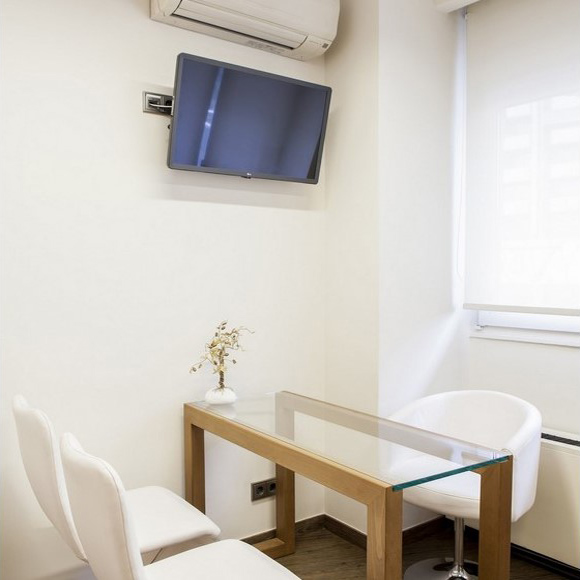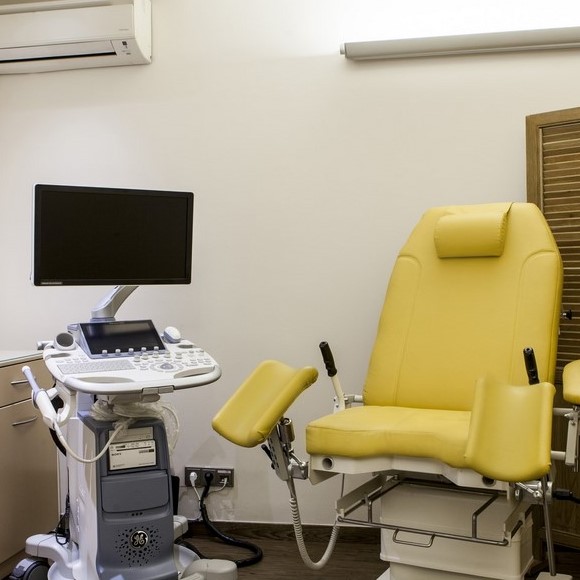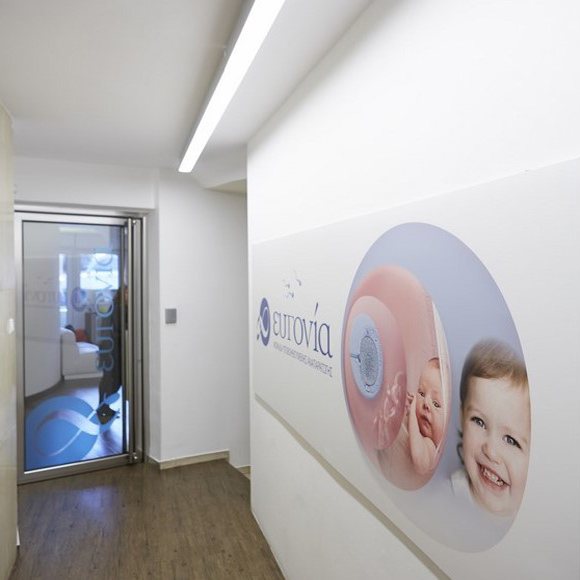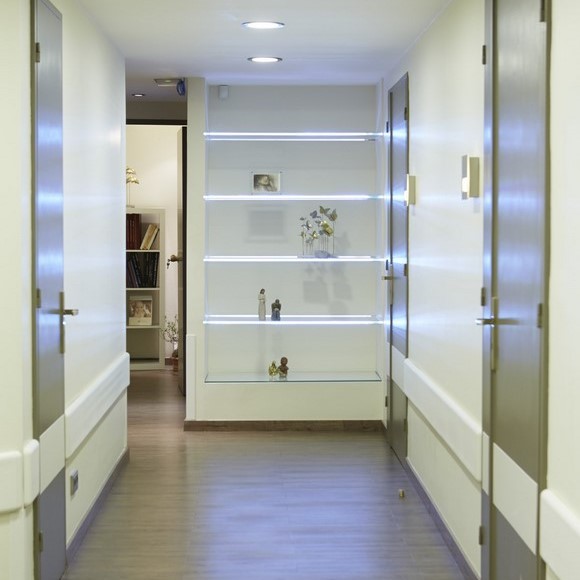Hysteroscopy offers the possibility to directly observe the uterine cavity for an accurate diagnosis. Using hysteroscopy we can examine:
- The morphology (size and shape) of the uterine cavity (Image 2)
- The uterine openings of the fallopian tubes (Image 3)
- The structure and development of the endometrium
- The cervical tube (endocervix) (Image 3)
During hysteroscopy, the openings of the fallopian tubes, unless they are blocked or occluded, show a pre-salpingeal septum that looks like a thin semi-transparent membrane. Hysteroscopy has an advantage over hysterosalpingography in sensitivity and specialization in investigating infertility and repeated miscarriages. Hysteroscopy is a valuable tool for the diagnosis and treatment of infertility, as 62% of infertile women has been found to display endometrial cavity pathology.
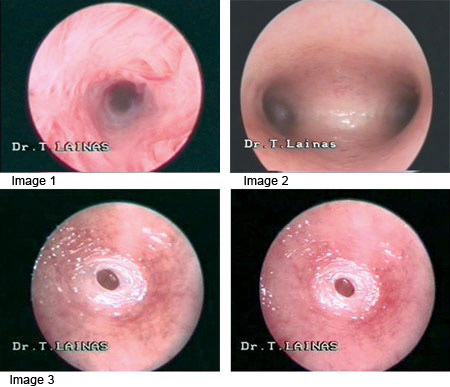
When it is recommended in infertility?
Hysteroscopy is recommended:
- For the specification of hysterosalpingography or ultrasound findings concerning adhesions, polyp, fibroids, congenital abnormality.
- After repeated miscarriages.
- After two consecutive unsuccessful IVF cycles.
- In history of miscarriages, abortions and operations to the uterine cavity.
- To investigate unexplained infertility combined with laparoscopy.
- As a routine method before IVF (it is recommended by several specialists), especially in the absence of hysterosalpingography.
A significant percentage of women with normal hysterosalpingography demonstrate endometrial cavity pathology when subjected to hysteroscopy.
Hysteroscopy- When is it performed?
Hysteroscopy is best to be performed in the immediate postmenstrual period (8th-12th day of menstrual cycle) in order to assess the quality of the endometrium that is during its proliferative phase. Hysteroscopy should not be performed during the secretory (second) phase of the menstrual cycle in order to avoid affecting an already established pregnancy.
Preparation?
When intra-venous anaesthesia or sedation is administered, the necessary precautions as in any surgical procedure must be taken, i.e. abstaining from oral food and fluid intake (especially milk).





